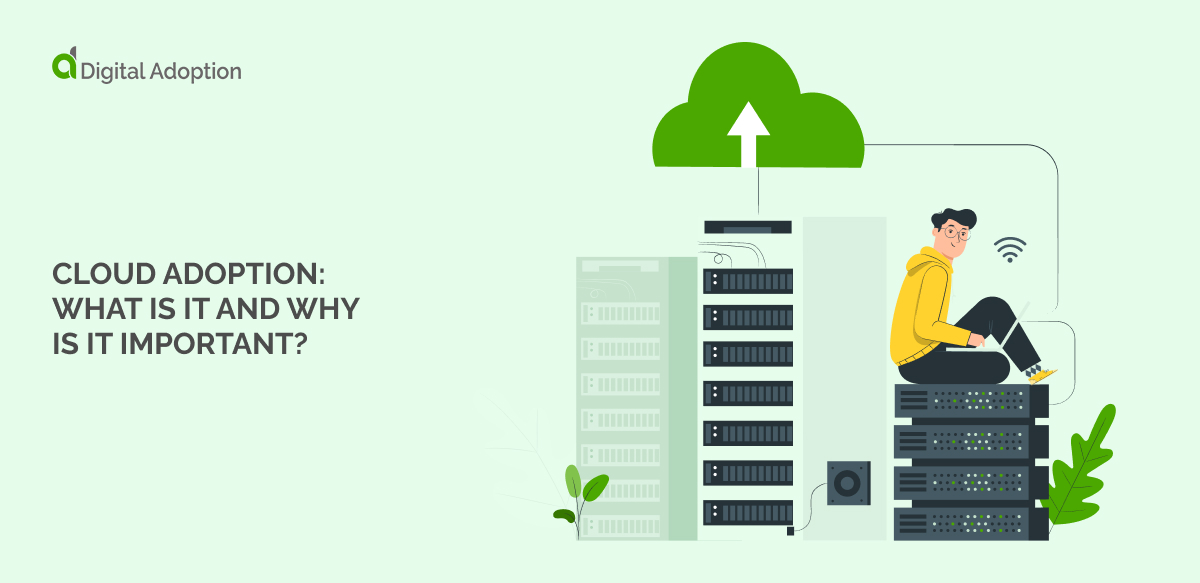In this primer on Deloitte digital transformation, we’ll look at the company’s key perspectives, ideas, and takeaways.
Among other things, we’ll explore:
- How Deloitte defines digital transformation
- Best practices and strategies for digital transformation
- Digital transformation in different industries
To name a few.
Let’s start with the basics:
About Deloitte
Deloitte is a multinational consultancy and research firm that helps organizations in a variety of areas.
Deloitte Digital is its creative digital consultancy that helps organizations with:
- Digital transformations
- Business strategy
- Creative strategy
Among other things.
Deloitte itself is comprised of specialists in a wide range of fields, in an equally wide range of countries.
Many recognize them as experts in digital transformation, digital strategy, and technology.
They work with some of the world’s biggest companies, from Adobe to REI.
Any business that wants to learn more about digital transformation can learn a great deal from Deloitte.
Let’s look at some of their perspectives and ideas:
Deloitte Digital Transformation: Key Perspectives
Here are a few concepts and core ideas that Deloitte offers when it comes to digital transformation:
Industry 4.0
Industry 4.0 is a term used to describe today’s digital revolution.
It refers to the “Fourth Industrial Revolution.”
This concept serves as a backdrop for many of Deloitte’s other digital transformation insights and represents a paradigm shift in the global economy.
Industry 4.0 encompasses a wide variety of transformations, including:
- Technological advances, from AI to cloud-based computing
- Shifts in the way that value is produced and delivered
- Fundamental changes to the way that businesses operate
Among other things.
To keep up with the changing nature of the global economy, organizations must take a careful, systematic approach to digital transformation.
The first step, Deloitte says, is defining a strategic “north star” to guide transformation efforts.
The roadmap to successful digital transformation.
Deloitte’s roadmap for digital transformation involves a number of steps.
They call this roadmap the “digital industrial transformation framework.”
Steps in the framework focus on:
- Strategy – Your winning aspiration
- Business model – Where and how an organization chooses to play its game
- Capabilities – The capabilities needed to win
- Operating model – How to configure those capabilities, who owns them, and where they should be executed
- People, processes, and technology – The systems, processes, and technology required to win
At the same time, there are three areas that can help catalyze success: agile mindsets, digital adoption, and customer success.
Following this framework can ensure that organizations have a clear vision for success, implement changes in the correct order, and drive transformation successfully.
Below, we will explore some of these areas in more detail.
How to set a digital transformation “north star,” or strategy.
The right digital transformation can keep businesses focused and on track.
There are many elements to successful digital transformation, but one of the most important is strategy itself.
Defining that strategy – or “north start” – can help leaders stay focused on the right goal, even through tumultuous changes.
After all, change and upheaval are inevitable during any organizational transformation.
Deloitte advises clarifying and articulating this goal to stakeholders, for a few reasons:
- It clarifies the purpose and aim of transformation, helping stakeholders understand the vision and strategy behind digital transformation efforts
- By providing employees with a purpose and direction, it mobilizes, motivates, and engages them
- It helps business units across the organization stay aligned
Among other things.
The “north star” should outline:
- The long-term vision of the transformation efforts
- Short-term objectives that serve the long term aim
- What all of this means for the customers
Developing and articulating a strategic vision such as this is a critical first step in any digital transformation effort.
Transformation starts with people, not technology.
A collaborative study between Deloitte Digital and MIT Sloan Management Review helped produce The Technology Fallacy, a book that focuses on digital disruption and transformation.
However, the book emphasizes that adopting new technology is only part of the equation.
Successful transformation also means changing how the organization behaves and operates.
The authors of the book discovered what many change managers know well.
Changing culture, mindsets, and behavior is more difficult than implementing technology.
Digital transformation, in short, involves adopting new workflows and behaviors, such as:
- Co-working with automation
- Leveraging an open talent workforce
- The connection between the virtual and the physical world
In short, businesses must embed digital into the very DNA of their organization … otherwise they won’t make real progress.
Customer success is critical to succeed at digital transformation.
Technology is certainly one catalyst for digital transformation – but customers are another.
Keeping up with customers’ constantly changing expectations and demands can be a challenge.
However, those changing customer demands also present an opportunity for growth.
Deloitte claims that customer success should be central to digital transformation efforts.
They outline customer success in a cycle:
- Product
- Value
- Customer outcomes
- Stickiness
- Higher loyalty
And claim that an effective customer success strategy is a critical step in the journey towards digital transformation.
A customer-centric business approach will often require new business functions, capabilities, and strategies.
However, putting customers at the heart of digital transformation can give direction to digital transformation and have a positive impact across the entire organization.















